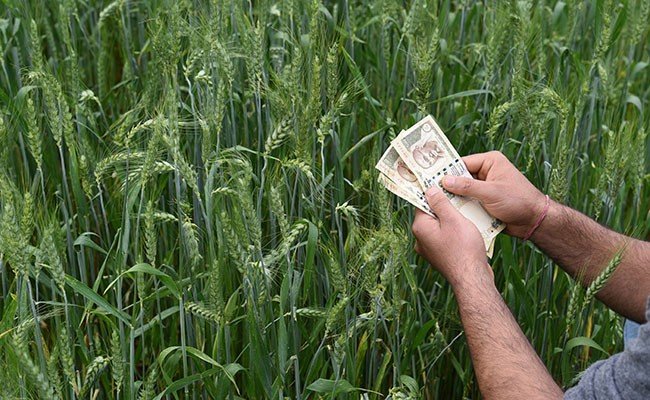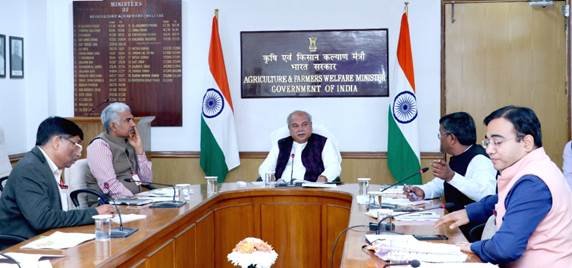3 Ps of Agriculture – Patience, Perseverance & Persistence
By Sandeep Sabharwal, is Group CEO, Sohanlal Commodity Management Pvt. Ltd.
The biggest challenge in India with regard to agriculture is actually knowledge. A lot of people are not looking at the agriculture system with a holistic view. Mostly people are looking at the agriculture value chain in a fragmented manner. Some are looking from the trade perspective, some are looking from the warehousing activities, some are looking at the financing part and so on and so forth. Of late, few startups have started to deliver what we call ‘farm to fork’, but sustainability of such a business model has to be looked at from a ‘triple bottom-line’ perspective.
In agriculture particularly if one doesn’t address the entire value chain in a single platform, then it does not make any sense financially. Agri is actually a game of sum of parts. So, if someone usually takes one part out and says that this is going to denote enough return on capital employed or enough return on equity then it would be a misleading statement.
So, for tangible results one has to look from an entire agriculture value chain and say that he or she is going to address all parts and each part is going to denote a bigger progressive value to the entire value chain. The most important thing is that agriculture is a game of patience. Agriculture is not for the faint hearted. It’s for people who have patience.
As in case of 3 Ps of marketing needs, the 3 Ps of agriculture is patience, perseverance and persistence. If one doesn’t have these three qualities, he or she will not be able to survive on the agriculture value chain even if in parts. It will not be possible to make it happen because it’s a very difficult terrain to manoeuvre.
There are many dependency factors in the agriculture value chain as it is mostly weather dependent. A good or a bad crop season can make or mar the crop output. Two or three continuous bad crop seasons due to weather conditions like flood, drought, etc. is the real test of patience for a farmer. If one has to stay in the business, he or she should continue to rise up to the challenges while working hard. Hence perseverance and persistence as a quality are very much important for a farmer to remain stable in the entire agriculture value chain.
Let us take the severe impact of Covid-19 pandemic as an example here. The effect has been witnessed by businesses across sectors globally and India is no less behind as a country in terms of the overall socioeconomic factors.
Dip in economic activity coupled with rising unemployment primarily in the core sectors has negatively impacted GDP growth, thereby raising alarm bells for policy makers, think-tanks and the government machinery. Businesses of late have been forced to relook at their boardroom strategies and realigning accordingly with the prevailing circumstances while focusing on reviving the growth momentum.
Nevertheless, it is noteworthy to review the contribution of the agriculture sector in particular during the overall economic downturn. As necessity remains to be the mother of inventions, new business models have emerged that are primarily driven by new age technology applications. Agri Tech startups backed up by PE and VC funding have taken center stage over the last decade and have already disrupted the agribusiness space in a significant manner. Businesses in the agriculture value chain that have survived the downturn have been able to make it all possible due to the 3 Ps – patience, perseverance and persistence.
By Sandeep Sabharwal, is Group CEO, Sohanlal



